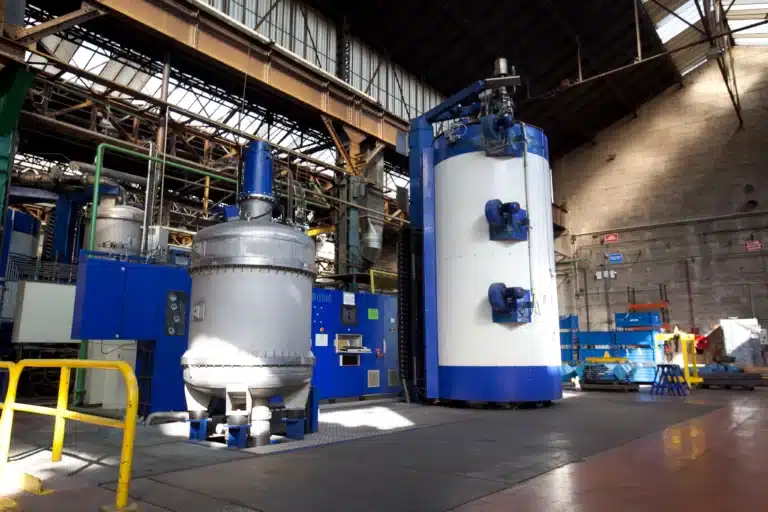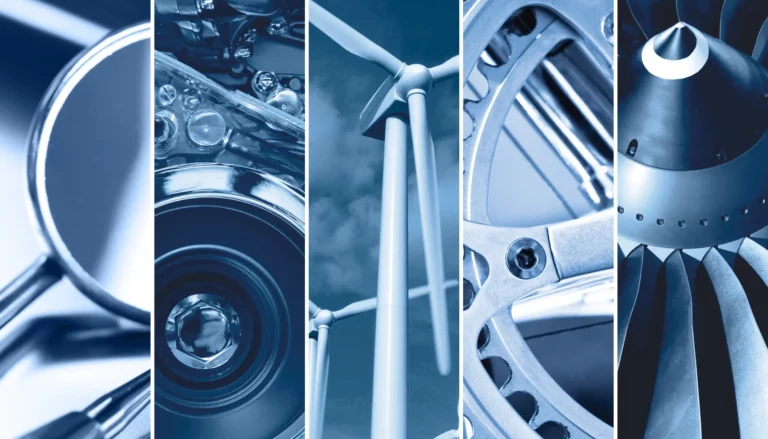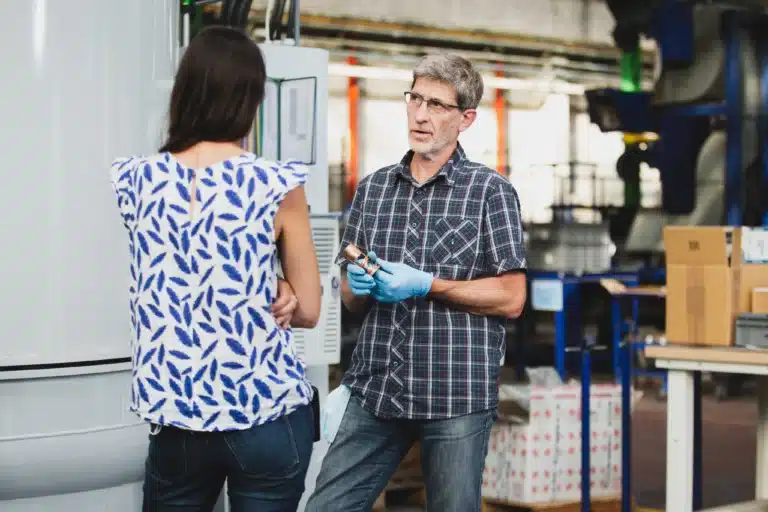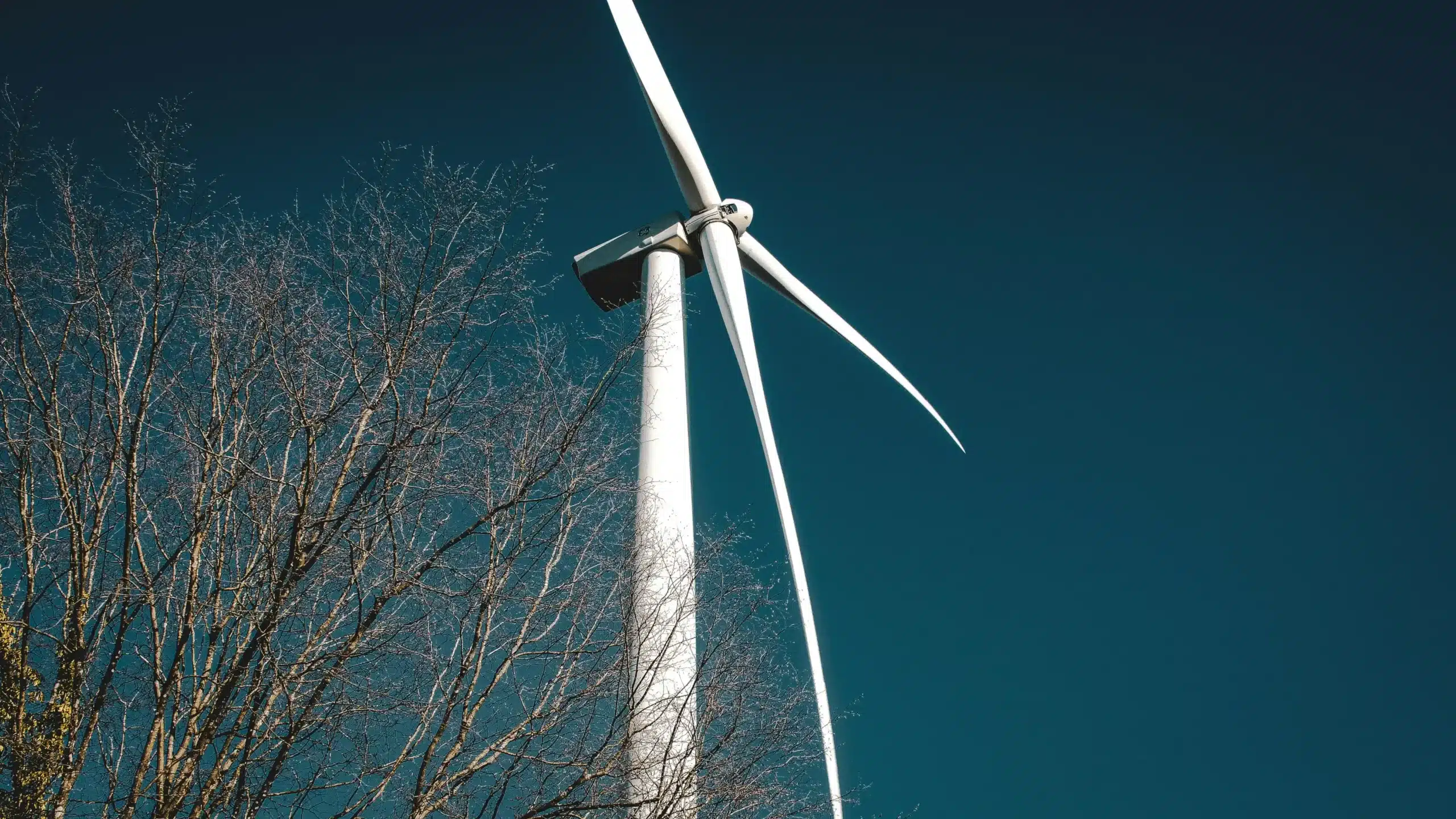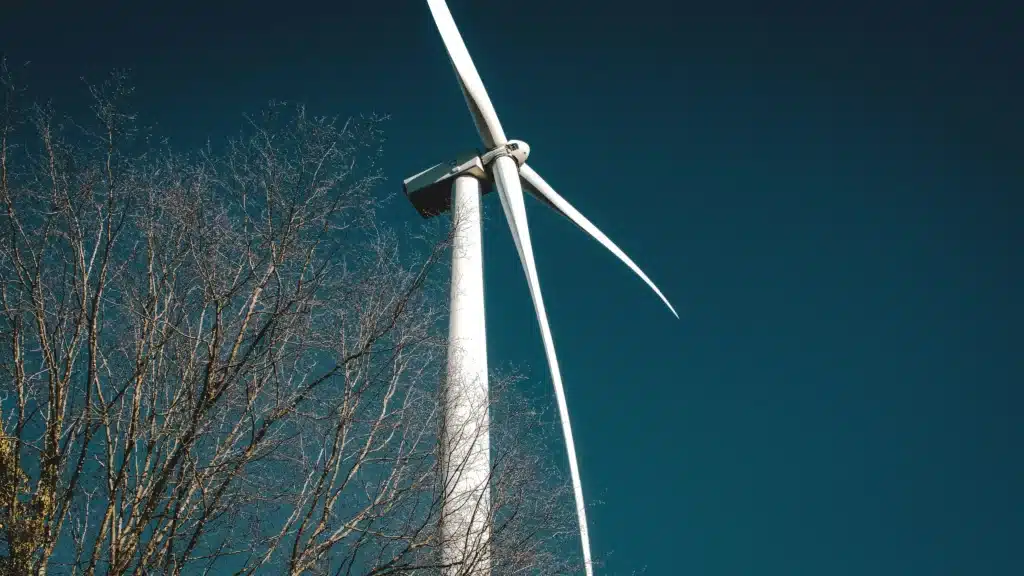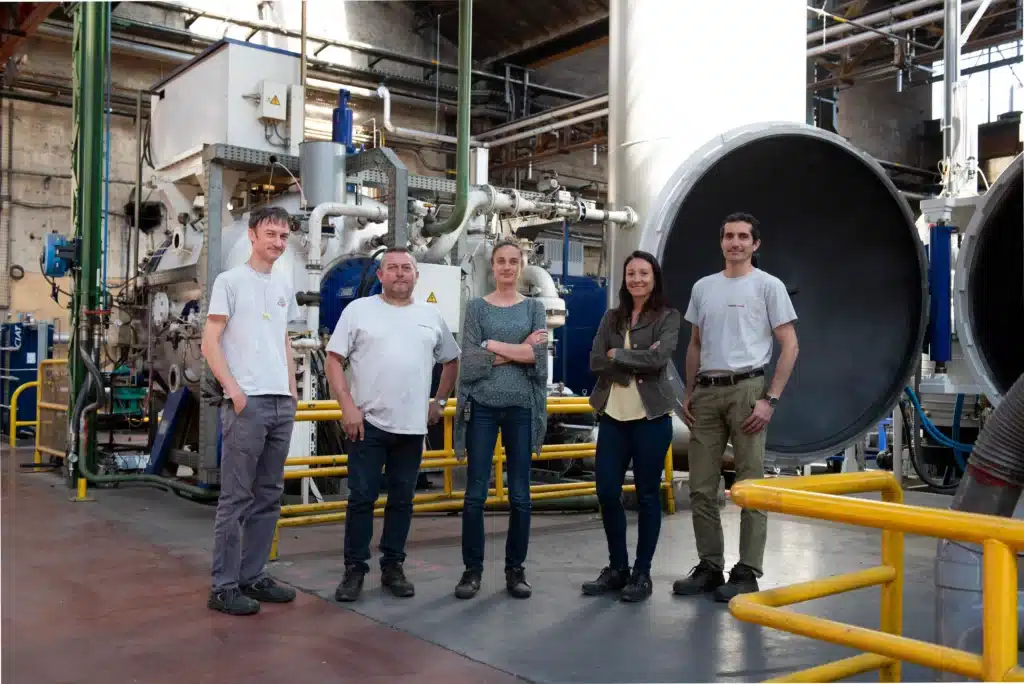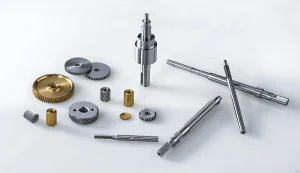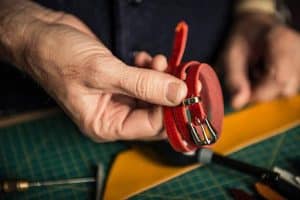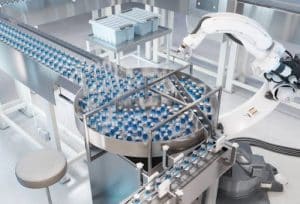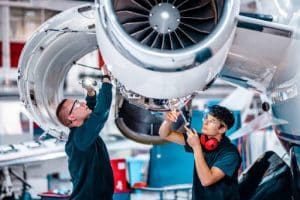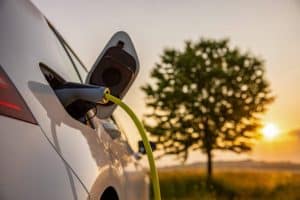Our CSR policy
Our CSR policy is at the heart of our development strategy, integrating sustainable and responsible practices into all aspects of our business. We are determined to make a positive contribution to the environment, society and the local economy, while offering high-quality products and services. The well-being of our employees is at the heart of our HR policy.
Contact usOUR PARTNERSHIPS and MEMBERSHIPS
We are a member and signatory of the Union des Industries et des Technologies de Surface's CSR charter.

We are an active member of the Fédération des Industries Mécaniques.
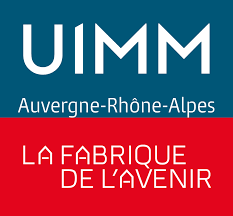
We work closely with the Lyon metropolitan area and the Union des Industries et Métiers de la Métallurgie on joint initiatives.

We are members of the Ilyse foundation, whose aim is to promote the industries of Lyon and Saint-Etienne.
The THERMILYON Group is a member of the "L'entreprise des possibles" network, which enables us to take concrete action to help the homeless and the most vulnerable.
Our latest news
Our FAQs
The main advantages are the ability to obtain perfectly clean parts after treatment, and to significantly limit deformation when cooling under neutral gas. Vacuum technology furnaces are heated by electricity, not gas. What's more, the absence of atmosphere eliminates any risk of oxidation. These processes are the most environmentally-friendly of all heat treatments.
Heat treatment is one of the only ways to improve the mechanical strength of metals, and therefore their performance. Alloys such as steel, stainless steel, aluminum, titanium and copper all have improved mechanical strength, wear resistance, seizure resistance and corrosion resistance thanks to heat treatment.
Low-pressure carburizing uses furnaces with electric heating, very small quantities of carburizing gas and often neutral gas cooling. Traditional carburizing uses furnaces with gas heating, an atmospheric pressure carburizing atmosphere and oil quenching.
Either to improve mechanical performance such as tensile strength, impact strength, wear, seizure or to soften the metal to make it more malleable (machinability, shaping).
Do you have a question or a need?
Our dedicated CSR and philanthropy team is at your service.
Contact us